5 Event Engagement Ideas to Connect With Every Generation
Planning an event that engages baby boomers, Gen X, millennials, and Gen Z? It might sound like the start of a family road trip joke, but in today’s event environment, it’s a reality.
Today’s workforce includes a staggering six generations—a first in modern history—reports the Harvard Business Review. For event planners, that means crafting experiences for everyone from Silent Generation leaders still holding top roles to Gen Alpha teens just beginning their careers through internships and summer jobs. In between are boomers, Gen X, millennials, and Gen Z, each with their own preferences, motivations, and ways of engaging. It’s a new era of multigenerational meetings, and planners are at the center of it.
With 49% of marketers saying that audience engagement is the biggest contributing factor to hosting a successful event, according to a 2025 Cvent report, the challenge is quickly becoming how to captivate such a diverse range of ages. As we know, it’s no longer enough to simply get people in the room; you need to make them want to stay there, too, which requires creative thinking.
Nicole O’Leary, creative director of The Expo Group, has said that a successful multigenerational event is “all about learning, connection, and experience.”
So how do you cultivate that? One trick is to think of a multigenerational event as a family vacation: You won’t please everyone with every activity, but with enough thoughtful variety, everyone leaves feeling like the trip (or in this case, the event) was worth it.
Here are five inspired ways to plan events that resonate across age groups:
1. Gamification
Make learning and networking fun for everyone. Gamification isn’t just for tech-savvy Gen Zers. When done well, it can get boomers, Gen X, and millennials in on the action too.
Gamification levels the playing field and brings out a shared sense of fun, competition, and participation regardless of age.
From event-wide scavenger hunts to interactive breakout challenges, gamified elements can boost participation, deepen learning, and encourage spontaneous connections. Apps like Zuddl and EventMobi allow you to create challenges that reward actions like attending sessions, visiting sponsor booths, or connecting with other attendees.
Pro tip: Be sure to include QR codes on physical signage to make the experience seamless for those less app-inclined.
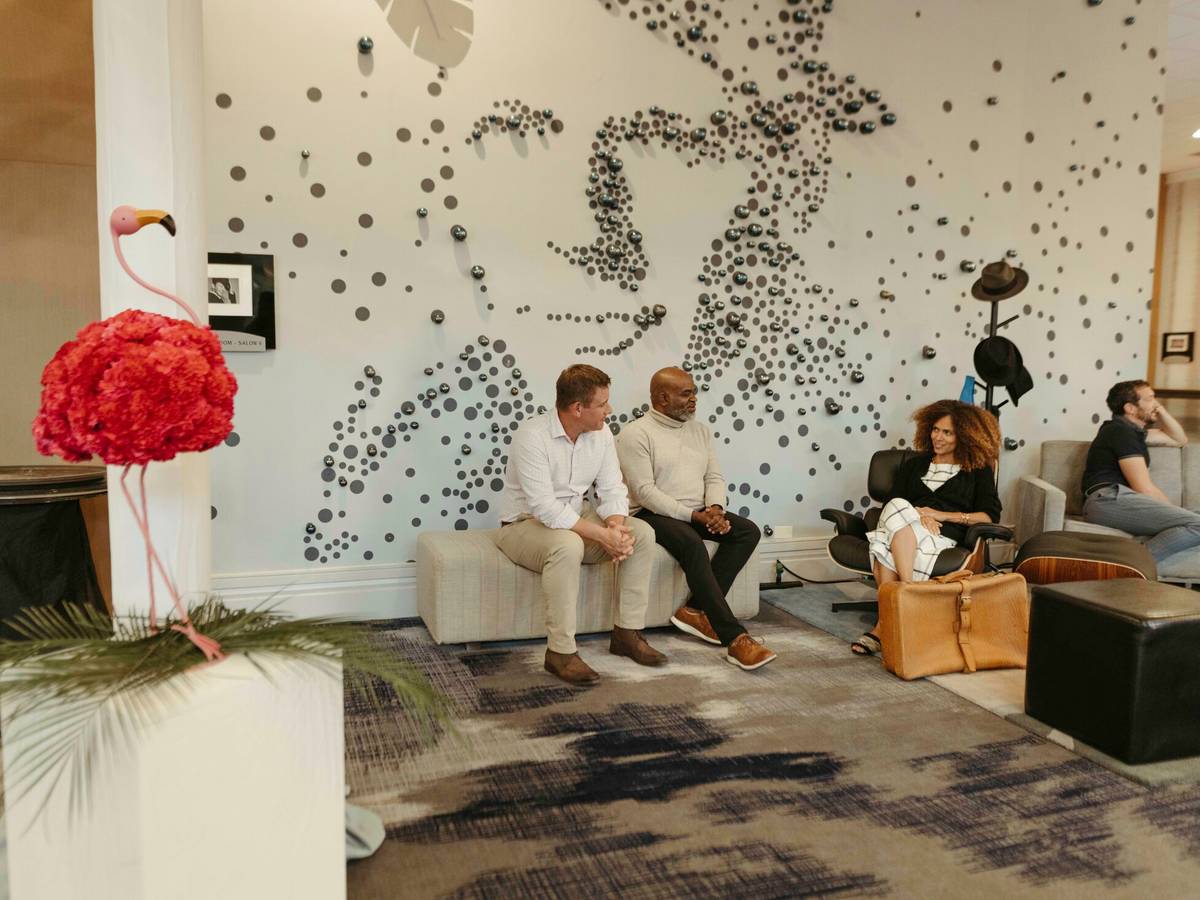
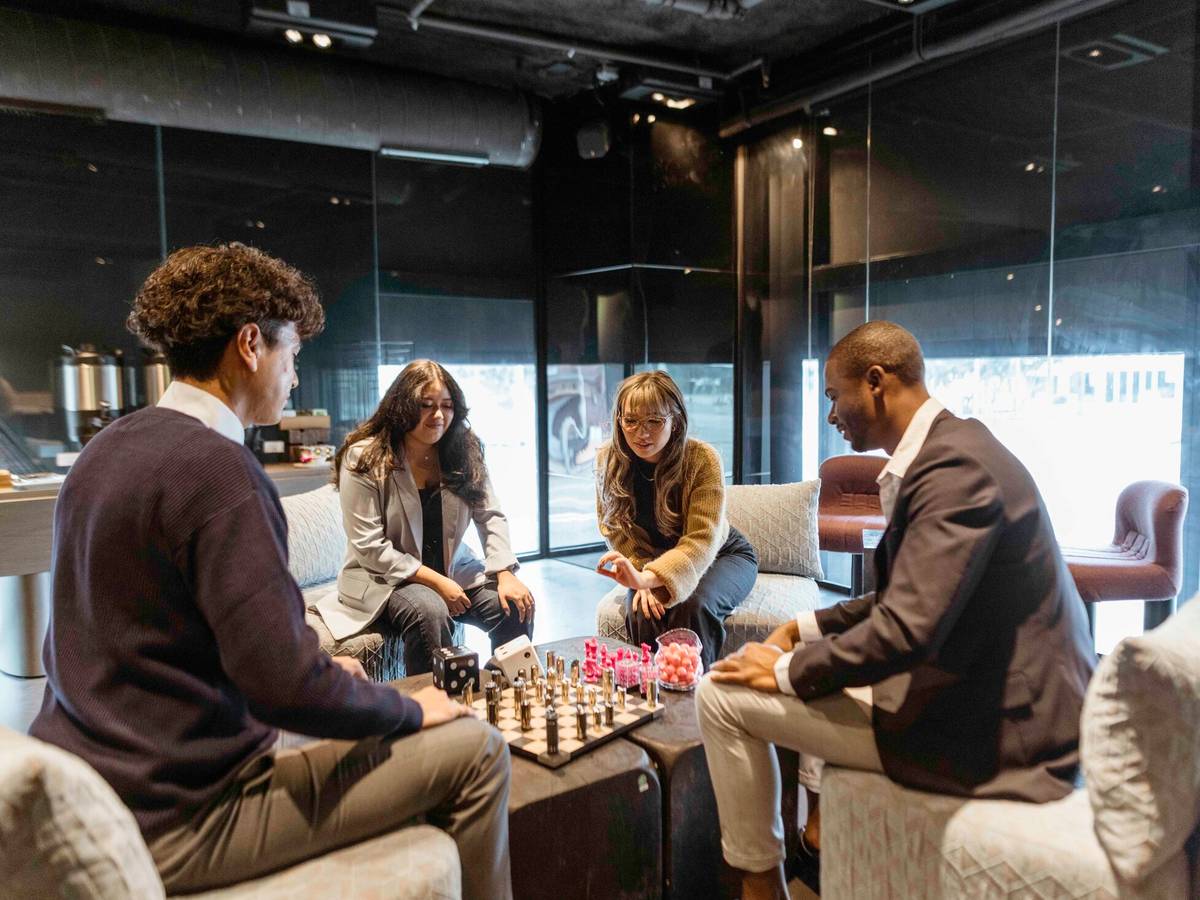
2. Analog zones
In an age of constant connectivity, sometimes the best way to engage people is to help them unplug.
Advertising Week notes that Gen Z may be the most nostalgic generation yet—more interested in looking back than ahead. They’re driving the return of retro fashion, analog tech, and old-school socializing, not just for the aesthetic, but because they value authenticity. For event planners, this means Gen Z is seeking real-world connection: shared moments, offline interactions, and a sense of community that goes beyond likes and follows.
But it’s not just Gen Z. Analog zones—quiet, tech-free spaces with tactile activities like journaling, origami, or vinyl listening stations—speak to boomers’ nostalgia, Gen X’s love of the tactile, and millennials’ quest for balance.
3. Mystery guests
Everyone loves a surprise.
Announce that a “mystery guest” will appear during a keynote or evening program but keep the identity under wraps. The trick is to choose someone with broad, cross-generational appeal. Think: a retired Olympian, an iconic musician, or a celebrity chef known across multiple decades.
As Julius Solaris, an events consultant and creator, wrote in Skift Meetings, “Planned surprises could be a great addition that break routine and make attendees happy. Surprises immediately move attendees to take pictures or videos.” (Bonus: This can provide special social material after the fact.)
If your budget allows, go big. If not, go creative. A viral YouTuber and a legendary journalist on the same panel? That’s cross-generational magic!
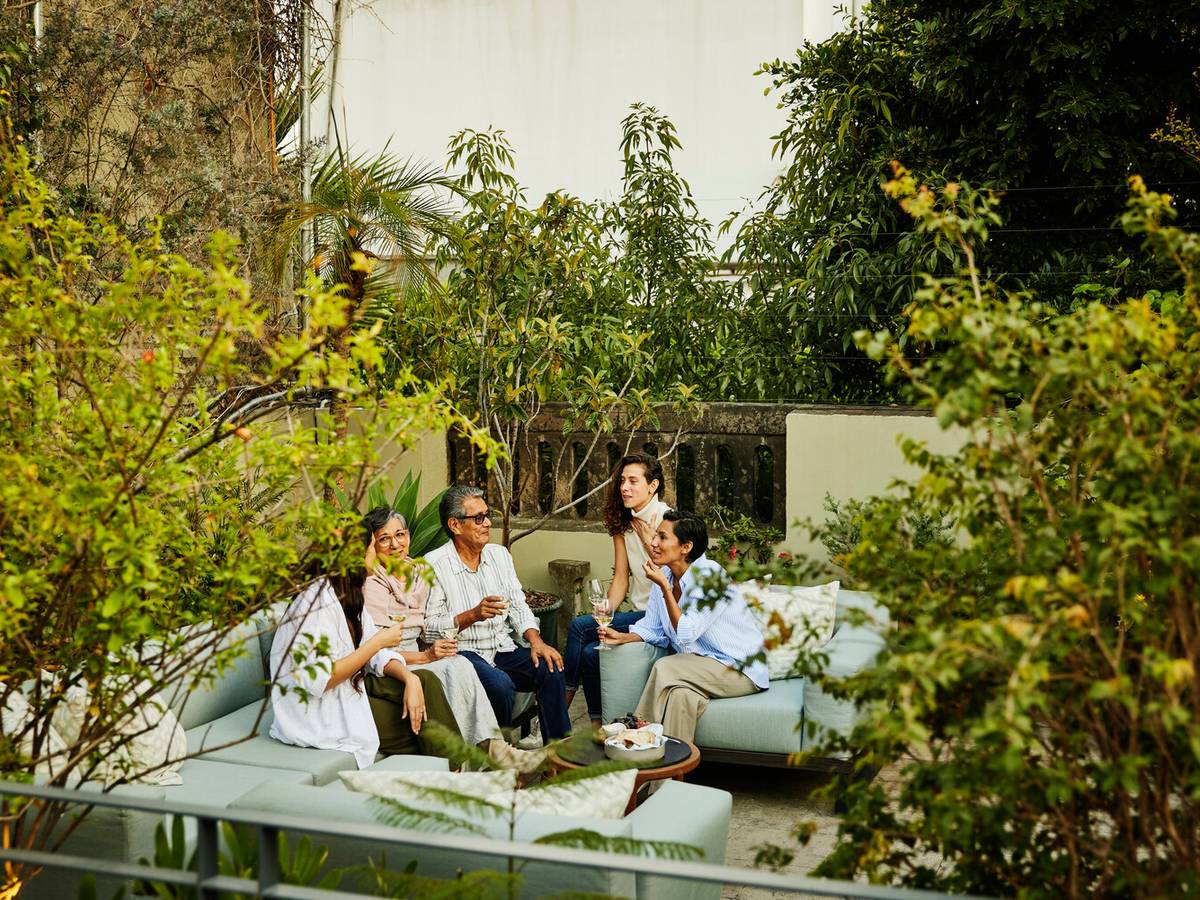
4. Multigenerational mixers
Instead of organizing networking by industry role or title, try organizing mixers by life stage or learning goals. A “Rookie + Vet” mixer could match up attendees early in their careers with seasoned professionals. A “Reverse Mentorship Happy Hour” might pair Gen Z social media experts with boomers looking to expand their digital skills.
Why does this work? According to Deloitte Global’s 2025 Gen Z and Millennial Survey, both generations crave connection and meaning at work. And boomers and Gen X value legacy and sharing hard-won knowledge. Creating space for meaningful exchange helps every generation feel like they belong.
Pro tip: Don’t forget to set the mood with music that spans decades, from Fleetwood Mac to Beyoncé to Doechii.
5. Pop-ups
These stations can appear unexpectedly during breaks or between sessions, offering fast, interactive experiences with a regional or generational twist. Why it works: It’s low pressure, quick to rotate through, and sparks intergenerational dialogue in the process.
Examples include:
“Try This!” Tables with nostalgic snacks or regional bites (think: Gen Z tries boomers’ favorite childhood candy, and vice versa).
Mini Skill Booths like “Learn to DJ on Vinyl,” “Analog Photography in 5 Minutes,” or “Speed Tarot + Journaling.”
Final thoughts
No two generations are exactly alike. And that’s exactly what makes multigenerational events so dynamic. Whether you’re welcoming seasoned execs, up-and-coming leaders, or digital natives just starting out, remember: You’re not just planning an event. You’re building a temporary village where everyone—no matter their birth year—feels like they belong.
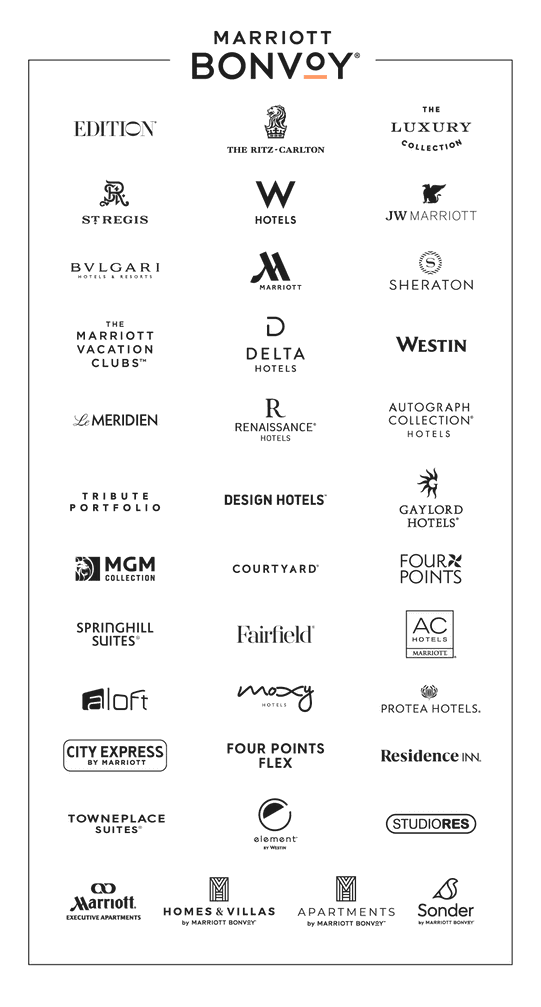
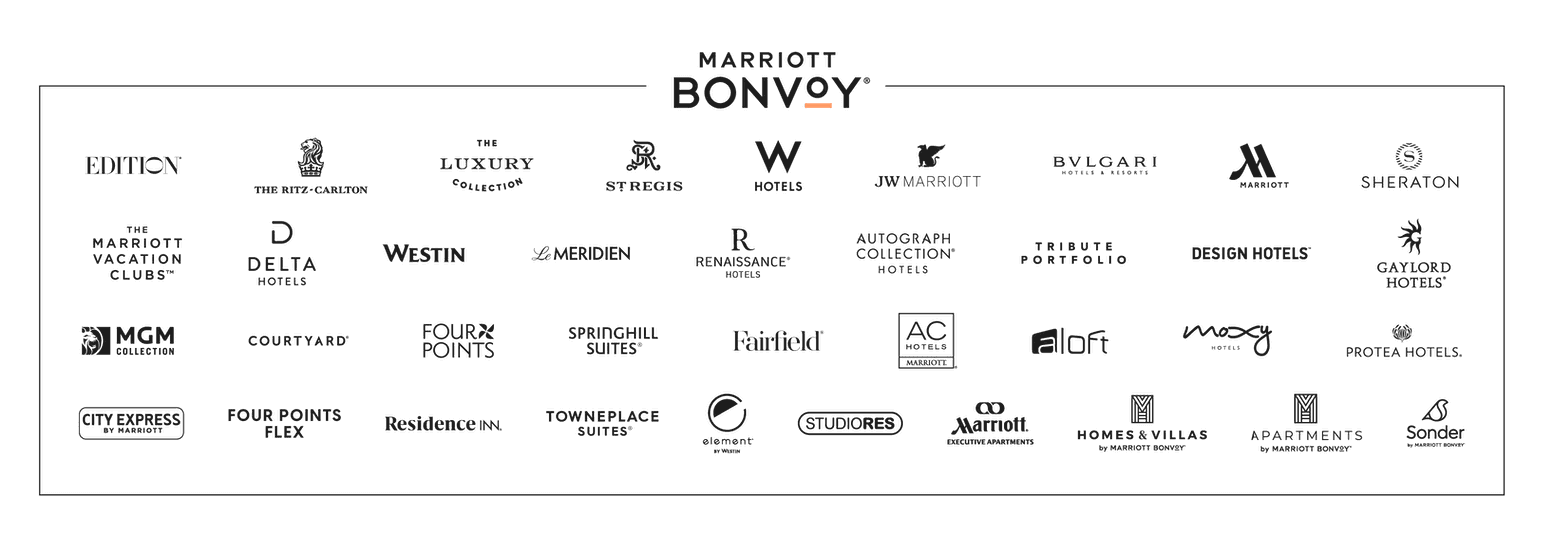
The following brands do not participate in Marriott Bonvoy™ Events: Design Hotels, Marriott Executive Apartments, Residence Inn, TownePlace Suites, StudioRes, Bulgari Hotels & Resorts, The St. Regis Residence Club, The Phoenician Residences, a Luxury Collection Residence Club, Scottsdale, The Ritz-Carlton Club, The Ritz-Carlton Yacht Collection, and Homes & Villas by Marriott Bonvoy. For a full list of participating and non-participating brands, please click here.